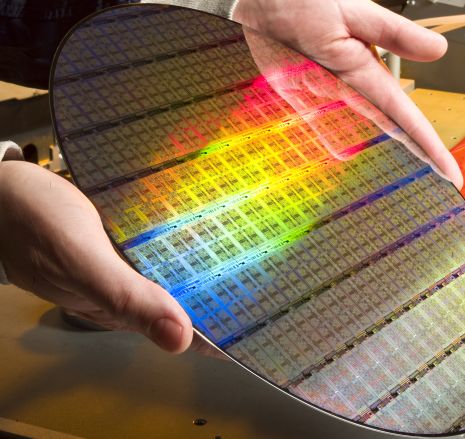IBM Forms Power Consortium To Challenge Intel

IBM is taking a leaf out of ARM’s book by licensing its Power chip technology to third party companies
Nathan Brookwood, principal analyst with Insight64, said it won’t be easy for IBM. Such efforts – where a company starts licensing what had been a proprietary technology to third parties – tend to fail after those third parties don’t see a level playing field. In this case, IBM will continue to make Power chips and put them its own servers, creating an environment where it will compete with the products its licensees build. Brookwood said he felt the same way when Nvidia in June announced it would licence it graphics cores.
Late Entry
That’s the key difference with ARM’s business model. ARM licenses its chip designs to other chip makers, which put their own technology on top of the design and then contracts with a foundry to build them. But ARM doesn’t make its own chips, so it doesn’t compete with its partners, Brookwood said.
 In addition, IBM will find itself in a crowded market, particularly once ARM’s 64-bit ARMv8 architecture begins appearing in systems next year.
In addition, IBM will find itself in a crowded market, particularly once ARM’s 64-bit ARMv8 architecture begins appearing in systems next year.
“They’re a little late to the party,” Brookwood told eWEEK. “These days all the momentum is behind ARM, and I don’t think IBM will be able to change that.”
However, Joe Clabby, an analyst with Clabby Analytics, isn’t so sure. Clabby noted that Power is a strong architecture for analytics and the cloud, and that right now, it could give organisations an option other than Intel and AMD’s x86 offerings.
“No single processor does everything,” he told eWEEK. “If that’s true, then you need an alternative to x86.”
Given its capabilities and the amount of innovation IBM does around Power, that architecture could be the x86 alternative.
Clabby also warned against writing off Power even after some difficult quarters. IBM officials spent a lot of time and effort over the past few years taking Unix customers away from HP and its Intel Itanium-based system and Oracle’s SPARC unit. While that business has begun to slow, IBM still has still has room to run in such areas as the cloud and big data, as well as with an increasingly improving Watson platform.
This isn’t the first time IBM has worked to create an ecosystem around Power. Some seven years ago, the company helped found Power.Org, an organisation that has worked to create a software ecosystem around the architecture, though some of that related to game consoles, which until recently had run on Power technology. Now the console makers have adopted AMD products.
How much do you know about microprocessors? Take our quiz!
Originally published on eWeek.